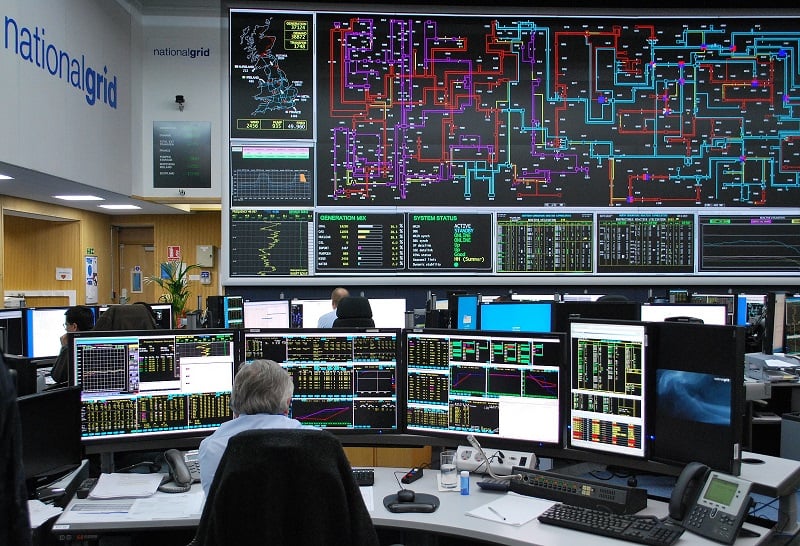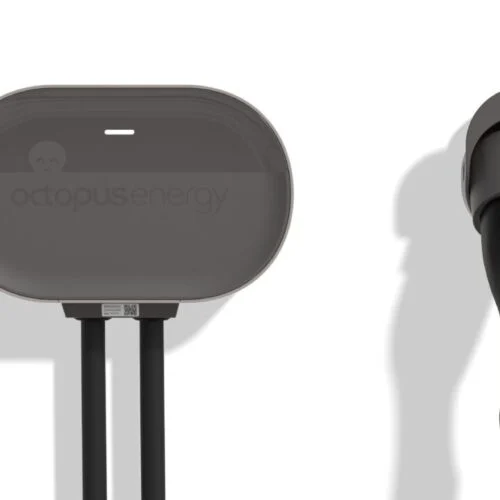Great Britain’s electricity markets need wide-ranging reforms in order to sustain the country’s transition to renewable energy resources.
That’s according to the electricity system operator National Grid ESO’s latest report, which has looked into the new “peaks and troughs” thrown up by the UK’s clean energy transition.
Electricity markets “need reforming”, it said, “whether they are for short term trading or longer-term contracts, to provide the flexibility needed to more effectively balance the system”.
Laura Sandys, co-chair of the National Grid ESO’s Bridging the Gap project, said that this year’s report will focus on data and digitalisation, technology assets and electricity markets as three key pillars of the sector that will need greater support over the next decade, based on feedback from National Grid’s stakeholders.
“To succeed as a sector, we need to build greater understanding, and more literacy about the challenge of decarbonisation,” she said. “At a micro level, technologies need to be smart, WI-FI-enabled and markets need to be able to react up to the last second.”
Writing for Current± earlier this month, National Grid ESO’s head of markets Kayte O’Neil said the group was aiming to be able to operate the grid at zero carbon within the next four years, and would need to launch new “systems, services and products as well as competitive marketplaces” to make the transition effectively.
The British grid operator has already brought in new fast-acting frequency products such as Dynamic Containment, she said, in order to enable asset operators to respond to energy fluctuations in real-time and provide another revenue stream for the industry. A new interface for the Balancing Mechanism (BM) was also introduced last September to make it simpler for smaller participants to join.
The Bridging the Gap report noted that the country’s electricity industry will need to secure more investment, and more “simplified and accessible” markets that also fit into varying system stability timescales. The ESO said that to achieve this, it will roll out a Single Markets Platform over the next two years, which it hopes will “significantly reduce the amount of time and effort required to participate in markets”, and will review Code Governance to see what areas could be simplified to help more operators tap into the Balancing Mechanism.
Data and digitisation
The report said that increased data availability and system digitisation will be “fundamental” to enable markets and new energy technologies to manage peaks and troughs in demand.
It noted that there may be “millions” of assets in the UK’s energy system by the end of the decade, which will mean “a lot more actions required to keep the system stable” and cope with different flexibility demands. As a result, key goals for the ESO include ensuring regulatory incentive regimes encourage collaboration and data sharing, developing an industry-wide data interoperability standard, and endorsing upskilling initiatives to help workers become adept in data analysis and digitisation.
It will also work with regional distribution network operators (DNOs) to create a “digital twin” of Great Britain’s electricity system that will be used to assess and improve various markets’ performance.
As well as this, the ESO report highlighted that technology, from domestic appliances to gird-scale battery energy storage, would need to be “smart” and “deployed at scale” to be an effective tool in the transition. It said it would seek to develop interoperability standards to help existing technologies share information and interact, promote more use of sensors and control systems to improve real-time data acquisition, and work with trade association the British Electrotechnical and Allied Manufacturers to improve metering solutions’ effectiveness.






